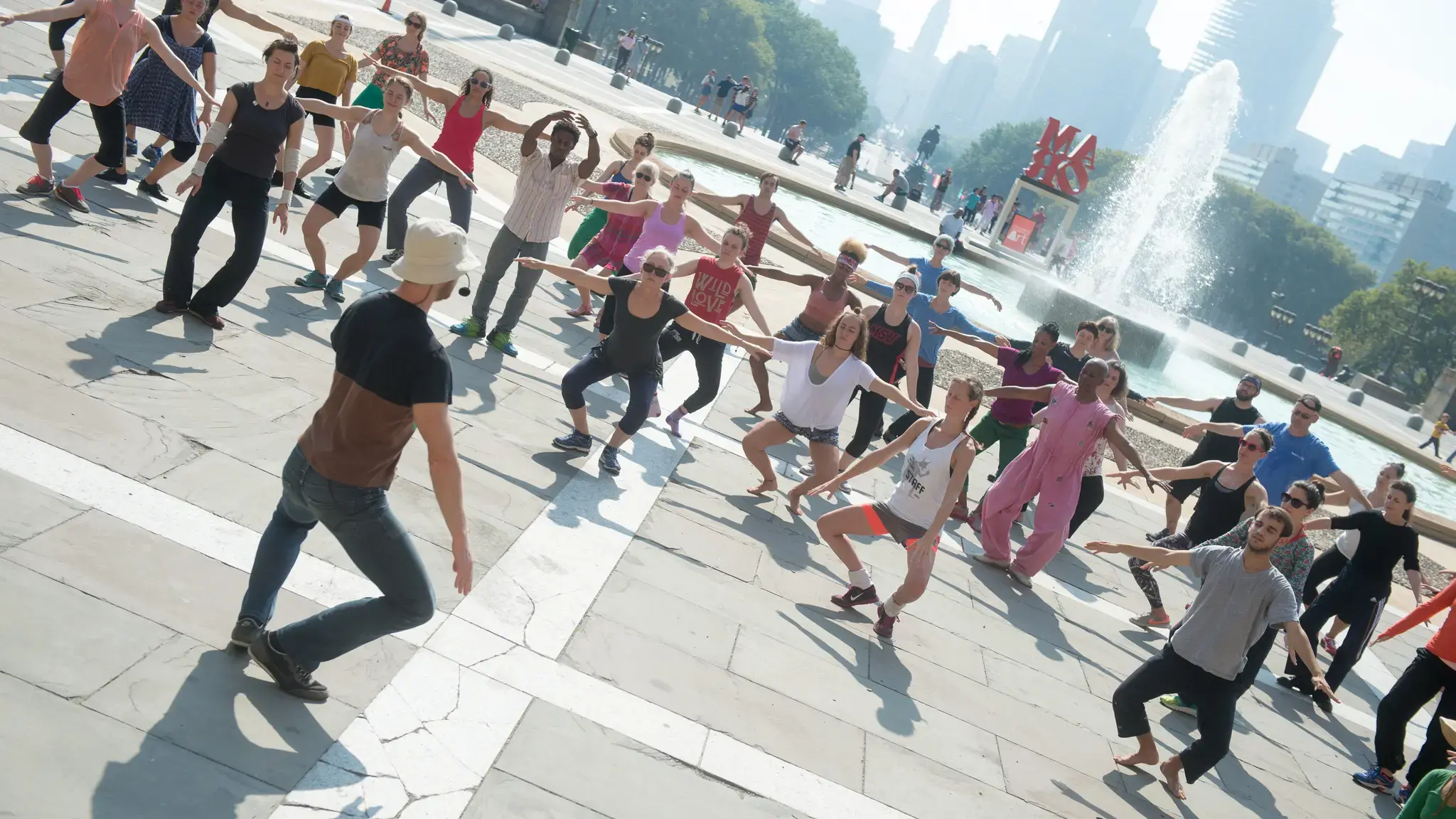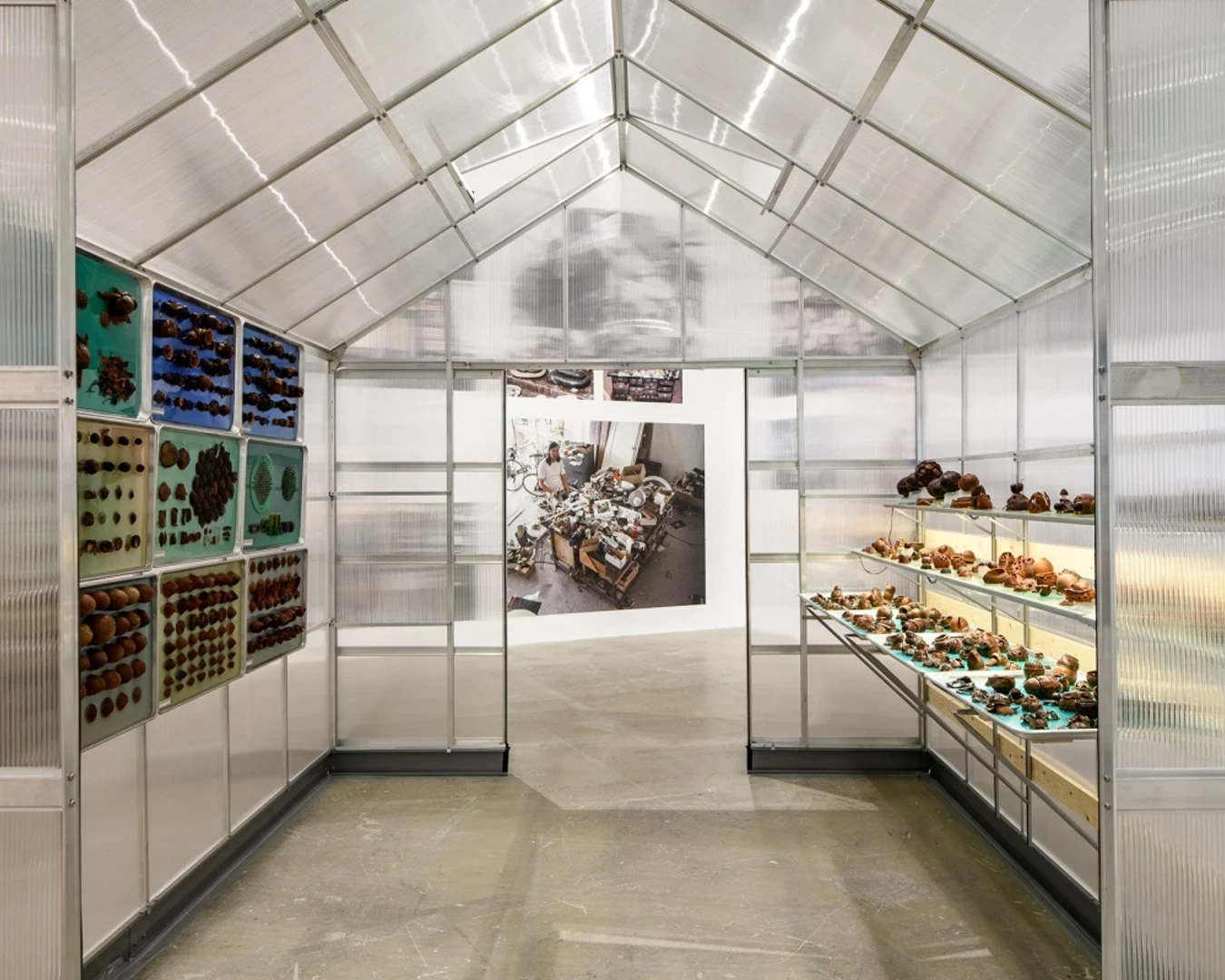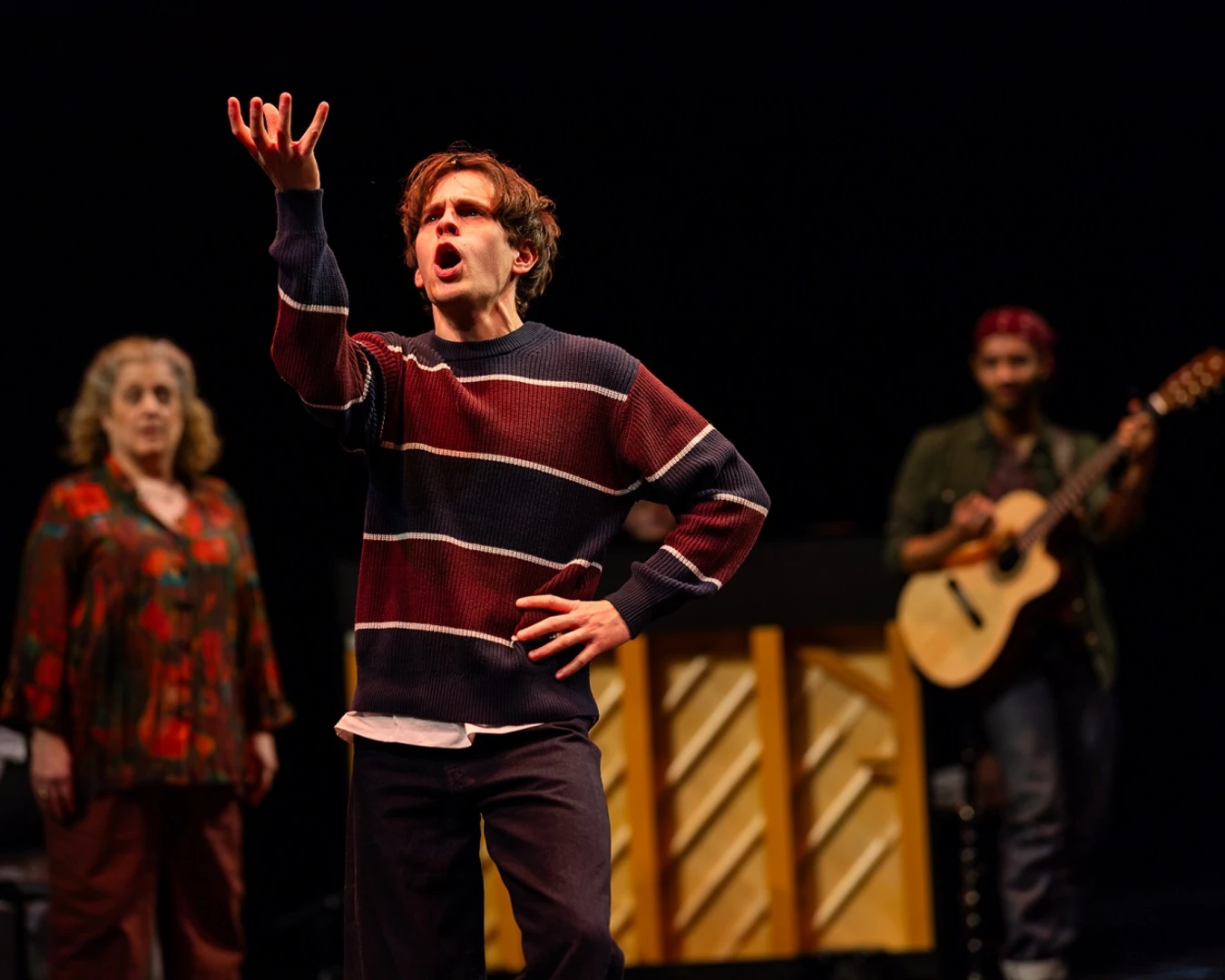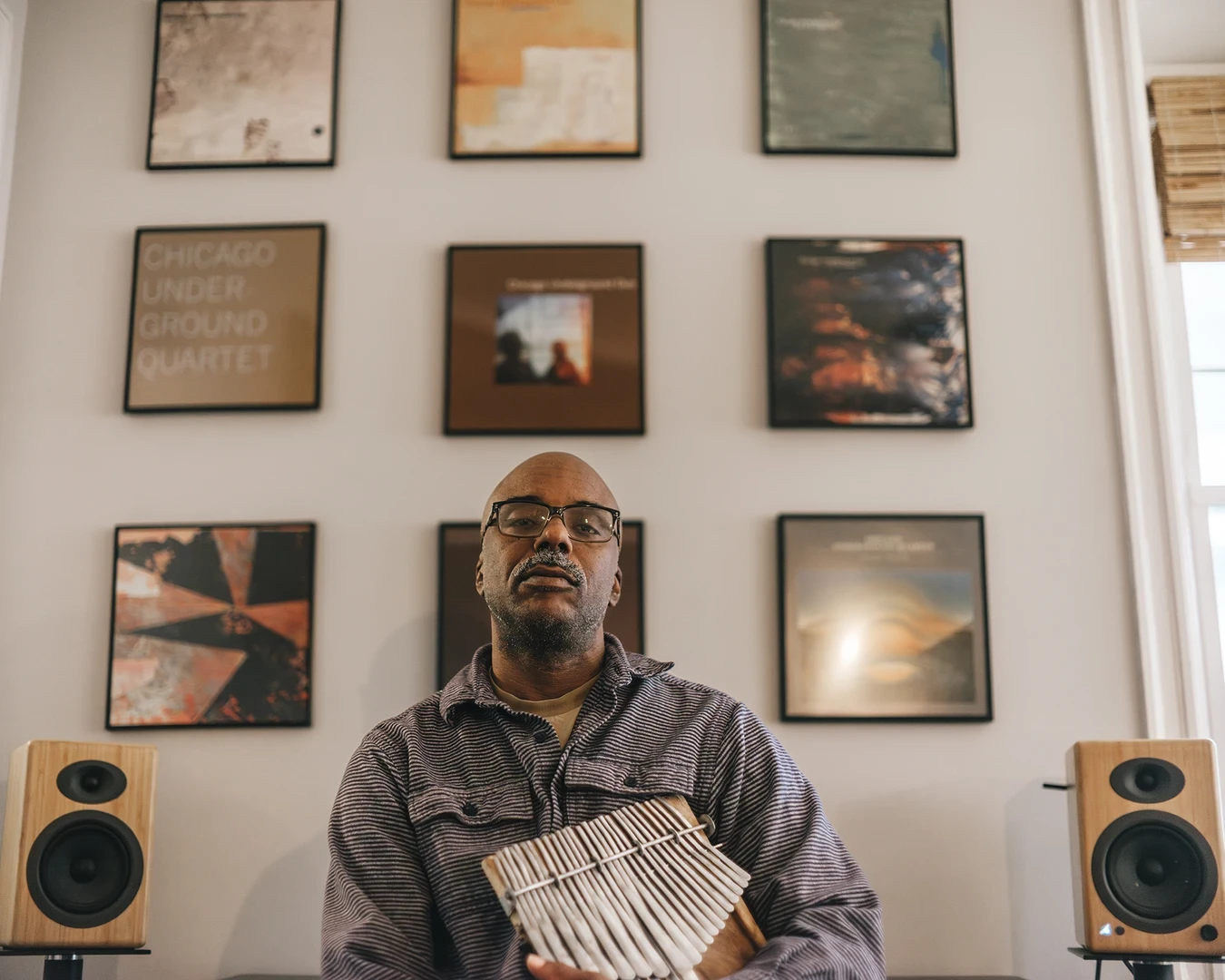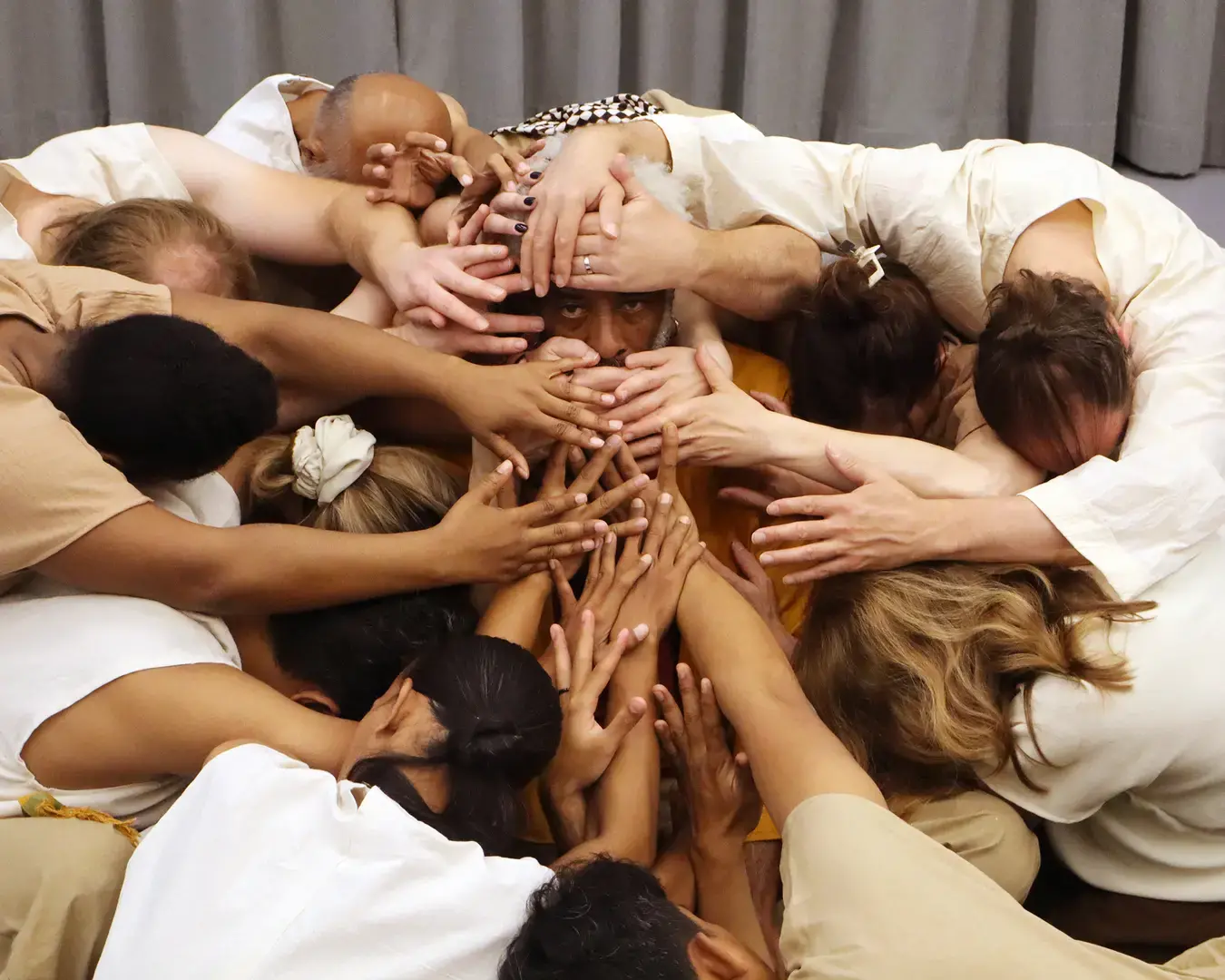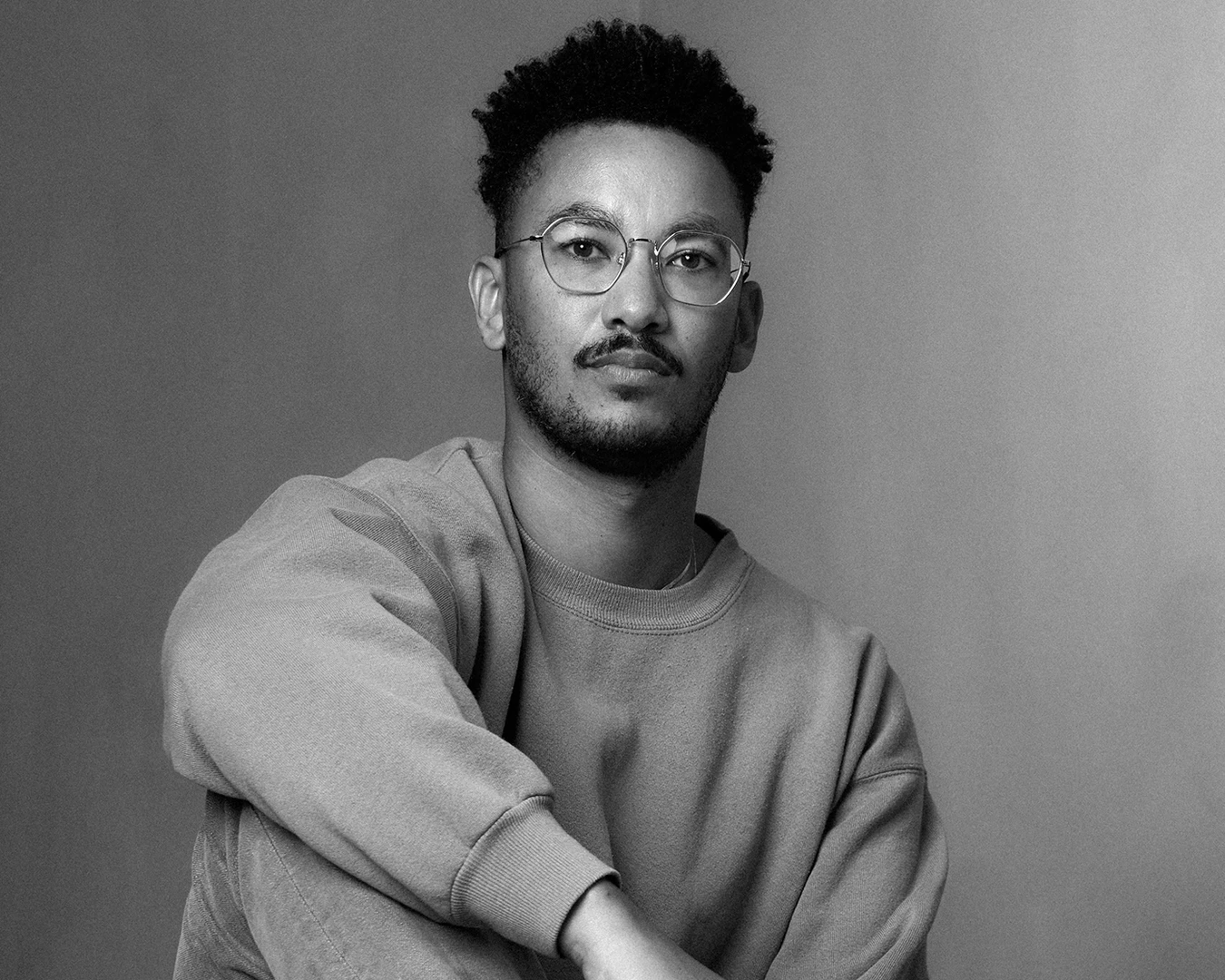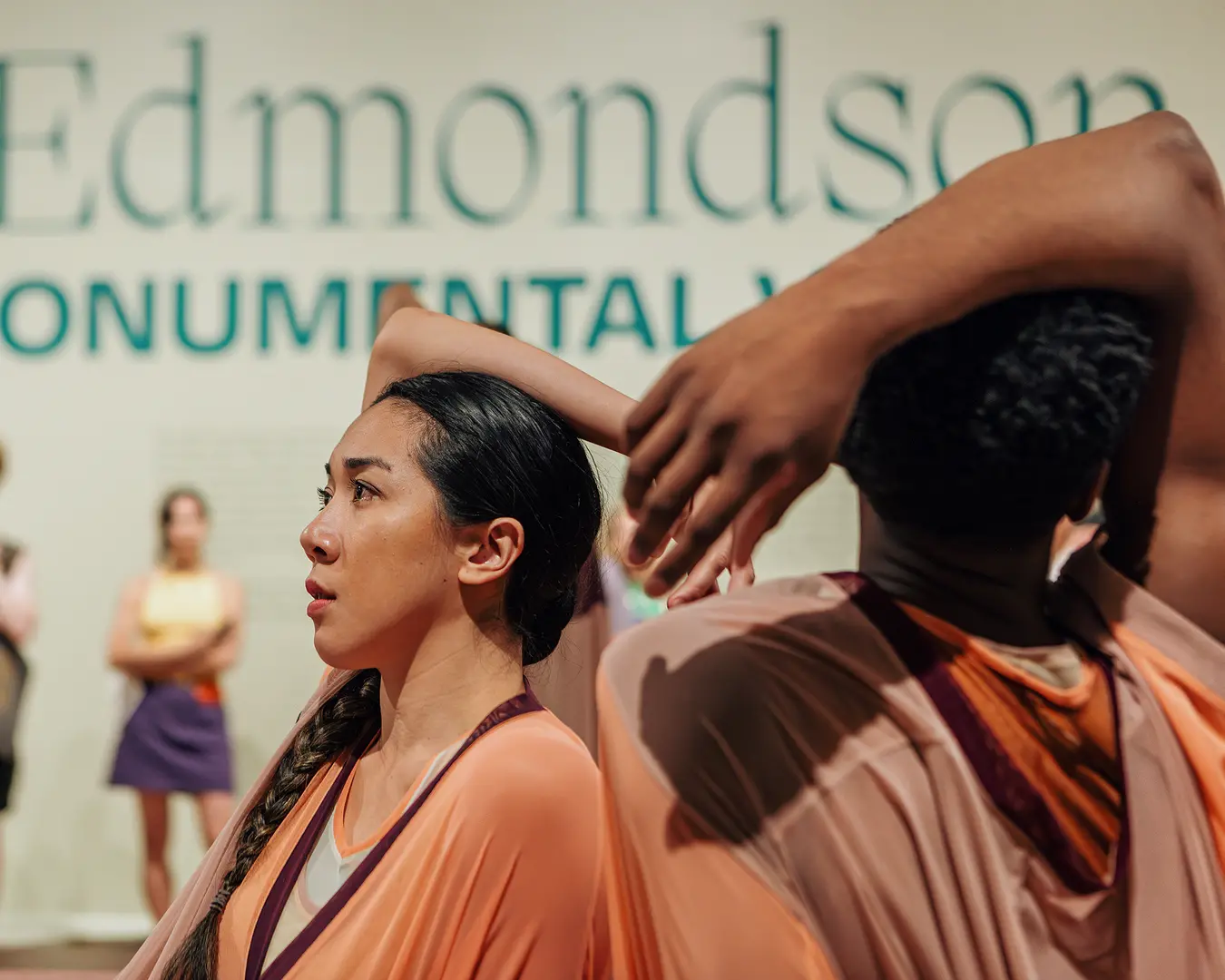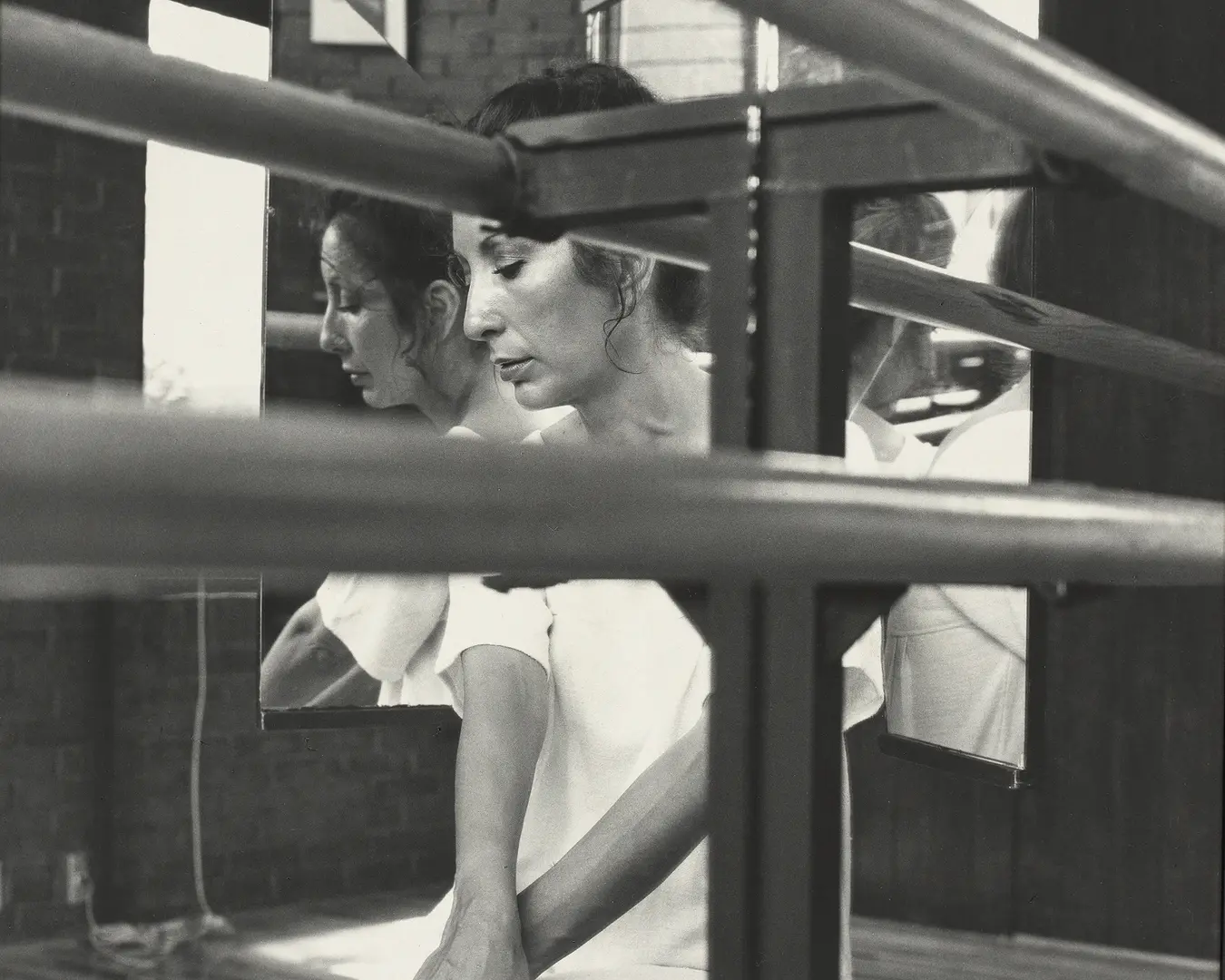In September 2016 with Center support, the Philadelphia Museum of Art (PMA) presented the eighth annual Anne d’Harnoncourt Symposium, “Museum as Score”—a two-day “thought experiment” investigating how the idea of the museum as a static archive is upended in today’s cultural context in which durational, event-based, and experimental artworks, exhibitions, and experiences are becoming more prevalent.
In conjunction with the symposium, the Museum commissioned an essay from philosopher and symposium collaborator Marie Bardet, in which she reflects on the presumed “paradoxical” idea of dancing in a museum space. Bardet’s essay follows.
To dance in a museum, to speak of dance in a museum, or to imagine a "museum" of dance seems rather daring, even paradoxical. Yet this is exactly what the Philadelphia Museum of Art proposed; and in response, artists, thinkers, and curators convened [in] September 2016 for the 8th Annual Anne d’Harnoncourt Symposium.
These paradoxical situations are precisely the ones that force us to think and to question the presuppositions of each term of apparent contradiction along with the usual distribution of roles, views, circulation, and expectations that inhabit each of our practices. Every contradiction disappears if one recognizes the complexity of temporality on the one hand, and the plurality of views on the other, which leaves room for this rich paradox.
Complex temporarlity
The sense of contradiction between museum and dance may come from the fact that museums seem to be made to preserve works of art frozen in time and to show them to the public over very long periods (that seem almost infinite, in their mission for posterity), while dance most often produces mobile and ephemeral works, presented for a short time, usually in theaters. Dance seemingly opposes the stability and permanence of museum works, with its inherent mobile and ephemeral characteristics. However, what if we were to conceive temporality not as a simple line and a neutral coordinate? What if we were to consider time as a dynamic, deep, and multi-linear dimension, as the philosopher Henry Bergson calls it, or to embrace the "complex temporality" of the dancer and choreographer Boris Charmatz in his Manifesto for a Museum of Dance? Then, the disparate experiences of the ephemeral and the eternal, the immediate and the permanent, cease to be contradictory and, instead, mingle in paradoxical situations with a similar sense of success.
These possibilities make us consider how dance practices can align actions of inscription with those of presentation, combine habits and memories with the extreme present, remix improvisation and interpretation, or put quietness in motion and use motion in apparent immobility. The proposal of this coexistence would reinvent the temporalities and dynamics of museum and dance practices by weaving together the ephemeral and eternal lines, instantaneous textures and memory traces, and motionless accelerations and movements that stay on the spot.
Multiple views
Dance presents one or more bodies in movement—possibly accompanied by music, decor, and/or lights—to a group, usually sitting during the presentation. Every one of these elements seems to position dance in opposition to the method of exhibiting works in a museum gallery—viewed in silence, independently or in small groups, and in succession, one after the other. But here again, what do we find if we look closely, and consider thoughtfully, what catches the attention of these different publics? We can see how our ways of looking, our habit of sitting, or impulse to move—beyond the differences between time spent in front of a work of art and a dance—turn away from a simplistic opposition between short and long durations, or between active and passive states that seem to organize the actions of the museum and dance publics, and that such opposition needs rethinking. [Philosopher] Jacques Rancière proposes the following in an interview regarding dance:
“One can certainly synthesize things by saying that what is invented within the aesthetic regime is looking at the same time attentive and distracted. […] [The look and movement] at the same time learn to know and practice the space of their performance as a multitude of tiny or imperceptible sensory events. They find themselves confronted with the same contradictory task: they must at the same time make the global tonality of a sensitive world and explore the tiny events that make a perception or a gesture. [...] Here we meet the previous questions: there is a distraction of the look which communicates itself to the exactness of the movement and arouses in the spectator another type of attentive/distracted look.”1
Scenes from the Symposium
A video of Eiko's [2014] performance situated at Philadelphia’s 30th Street Station gives us the opportunity to see how a woman who passes very quickly in front of the camera to catch the train, suddenly looks at Eiko dancing and interrupts her fast steps to stand still. Over the course of mere seconds, the woman undergoes all the minute rearrangements of her posture, which turns her into a clear spectator, her pause stretching into a stop and the heaviness of her bags countered by the attachment of her gaze upon Eiko’s performance. This is how ways of looking can redistribute the spaces and temporalities of our actions and our contemplations.
Another moment: our eyes cross the East Terrace of the Museum to touch upon—and to be touched by—the actions of a group of dancers who have come to learn, over the course of two hours, some of the twenty-five gestures of Levée des conflits by Boris Charmatz [2016]. Our gaze as spectators hints at our shared appetite for communal activities; we take in individual and collective attentions to the sequences of the score orchestrated by the choreographer, made by repetition and small changes, and suddenly displaced into the water of the fountain, as a respite from the midday sun. The practice and presentation of Levée des conflits near the Museum brings a perspective to the public that seeks to rationalize the repetitions and variations. But another dance is revealed; one produced by the displacements and intensities inherent to each composition, selection, and version of the gaze of the spectator.
Finally, we watch a dance staged in a museum gallery, DUO by William Forsythe. The dancers Brigel Gjoka and Riley Watts enter the room with white walls, unhooked paintings, and dethroned sculptures, whose presences can be imagined. Everything in the architecture brings us back to dance. This void and this silence give way to an intimate and fulgurating listening, which allows the dancers to compose together the rhythms and chords of their duet.
From these experiences and reflections on the cohabitation between museum and dance practices resonate a series of questions. These questions speak to the distributions of gestures and activities within a museum and within a dance, and to many invitations to experiment with other ways of looking at works of any kind. A work of art and a work of dance, circulating in the places of their staging; or imagining all the gestures that inhabit a museum like a dance, with its variations of attention, its walking styles, its ways of entering the museum, going out, going through the door, walking down the street, or crossing a train station ... a museum as a score.
- 1. Jacques Rancière, interview by Marie Bardet, "L’indétermination du Mouvement," in Rodéo, October 2015, pages 80-88.
